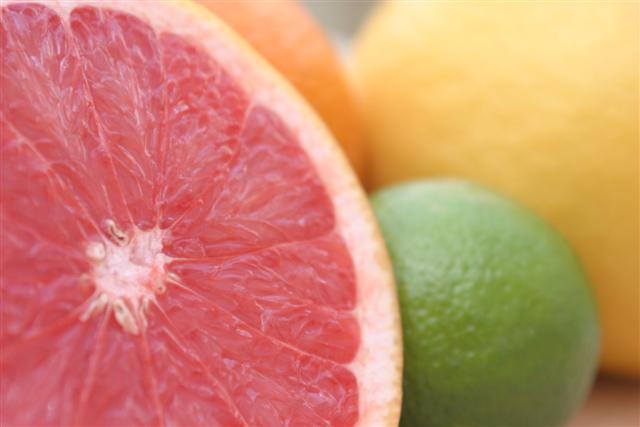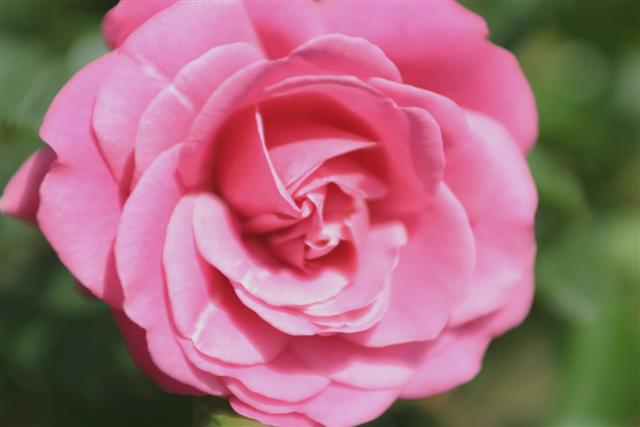- Home
- About Us

Citrus forms an important part of our product range
Read moreAbout Us
- How We Work

We have own roses under cultivation in Bulgaria
Read moreHow We Work
- News
- Products
- Services

We ship to more than 50 countries worldwide
Read moreServices
- Contact Us
- Home
- Products
Products
We are committed to providing only the highest quality of flavour and fragrance ingredients on demand to our customers worldwide. Our diverse product list offers a selection of over 250 natural and synthetic aroma chemicals, coolants, essential oils and extracts. Even if you cannot find a specific product you are looking for, do contact us as we may still be able to help.
Filter products by:
Clear allKeyword or product code
Rose Oil Bulgarian Rosa damascena Mill.
There are thousands of different types of roses, however Bulgarian rose oil is distilled from rosa damascena. The essential oil (or rose otto) is distilled from the freshly collected petals.
EU Natural | DMA Code: 800416 | CAS Number: 90106-38-0 | FEMA Number: 2989
Sage Oil Salvia officinalis L.
EU Natural | DMA Code: 800924 | CAS Number: 84082-79-1 | FEMA Number: 3001
Sandalwood Oil Santalum spp.
The sandalwood is a parasitic tree. The wood is used for religious ceremonies in India and Sri Lanka and the oil production is heavily regulated when not completely banned. Other varieties are available from origins such as Indonesia, Australia and South African but the oil profiles are all quite different in each region.
EU Natural | DMA Code: 800418 | CAS Number: 84787-70-2 | FEMA Number: 3005
Spearmint Oil 60% Mentha spicata
Made from Mentha spicata, USA, India, and China are the main sources of spearmint oil. Each origin has its own specific composition profile meaning that one cannot be directly substituted for another, however blending can overcome this. Our Chinese oil has a minimum 60% natural carvone content.
EU Natural | DMA Code: 800421 | CAS Number: 84696-51-5 | FEMA Number: 3032
styrallyl acetate EU natural alpha-methylbenzyl acetate
An ester with the molecular formula C10H12O2, it is found in nature and has a green, leafy, musty, gardenia-like odour.
EU Natural | DMA Code: 801047 | CAS Number: 93-92-5 | FEMA Number: 2684
sulfurol 4-methyl-5-hydroxy ethyl thiazole
A thiazole with the molecular formula C6H9NOS, it is found in nature and has a milky, yeasty, bready, nutty-like odour.
Synthetic | DMA Code: 800214 | CAS Number: 137-00-8 | FEMA Number: 3204
Tangerine Oil Citrus reticulata
Tangerine, as a sub-group of Mandarin, originated from China but was later introduced to Europe and Americas. Cravo tangerine is the type most commonly grown in Brazil.
EU Natural | DMA Code: 800423 | CAS Number: 93686-22-7 | FEMA Number: 3041
Tangerine Oil Dancy 5-Fold Citrus reticulata
The high terpene content in citrus oils can limit their application in water based food and beverage consumer products. Partial or full deterpenation of the oil results in improved solubility and varying odour profiles depending on both the method and extent to which it is carried out.
EU Natural | DMA Code: 800424 | CAS Number: 93686-22-7 | FEMA Number: 3041
Tarragon Oil Artemisia dracunculus L.
The oil is extracted by steam distillation of the leaves. Tarragon is cultivated worlwide but the largest volumes of oil come from the eastern regions of Europe. The principal constituent is estragole/ methyl chavicol at around 70%.
EU Natural | DMA Code: 800925 | CAS Number: 90131-45-6 | FEMA Number: 2412
Tea Tree Oil Melaleuca alternifolia
In the aboriginal history of Australia, the leaves of Melaleuca were used as a herbal tea, which has given the common name tea tree oil to the Melaleuca alternifolia. The oil is produced by water or steam distillation of the leaves and twigs. Two main origins are traded in large volumes; China and Australia. The total production can vary wildly from year to year as the plants are prone to suffer from drought conditions or the fields are subject to floodings, especially in Australia. The market price is therefore quite volatile.
EU Natural | DMA Code: 800979 | CAS Number: 85085-48-9 | FEMA Number: 3902
Tea Tree Oil Australian Melaleuca alternifolia
In the aboriginal history of Australia, the leaves of Melaleuca were used as a herbal tea, which has given the common name tea tree oil to the Melaleuca alternifolia. The oil is produced by water or steam distillation of the leaves and twigs. Two main origins are traded in large volumes; China and Australia. The total production can vary wildly from year to year as the plants are prone to suffer from drought conditions or the fields are subject to floodings, especially in Australia. The market price is therefore quite volatile.
EU Natural | DMA Code: 800427 | CAS Number: 68647-73-4 | FEMA Number: 3902
Tea Tree Oil Chinese Melaleuca alternifolia
In the aboriginal history of Australia, the leaves of Melaleuca were used as a herbal tea, which has given the common name tea tree oil to the Melaleuca alternifolia. The oil is produced by water or steam distillation of the leaves and twigs. Two main origins are traded in large volumes; China and Australia. The total production can vary wildly from year to year as the plants are prone to suffer from drought conditions or the fields are subject to floodings, especially in Australia. The market price is therefore quite volatile.
EU Natural | DMA Code: 800574 | CAS Number: 85085-48-9 | FEMA Number: 3902
Terpinene-4-ol Pure 3-cyclohexen-1-ol, 4-methyl-1-(methylethyl)-
Terpinene-4-ol Pure is a perfume component with a pleasantly herbaceous, peppery odour intended for use in fragrances.
Synthetic | DMA Code: 800956 | CAS Number: 562-74-3 | FEMA Number: 2248
tetrahydrolinalool 3-octanol, 3,7-dimethyl-
Tetrahydrolinalool is a product of high purity that is carefully controlled to ensure consistent odour quality. Its largest use is in floral fragrances, and to a lesser extent, in flavour compositions. It is widely used in perborate detergent fragrances. This product meets Food Chemical Codex (FCC) specifications.
Synthetic | DMA Code: 800958 | CAS Number: 78-69-3 | FEMA Number: 3060
tetrahydromyrcenol 2-octanol; 2,6-dimethyl-
Tetrahydromyrcenol imparts a fresh, citrusy, lime-like odour and can be used in a number of fragrance applications. It has excellent overall stability and is widely used in perborate detergent fragrances.
Synthetic | DMA Code: 800959 | CAS Number: 18479-57-7 | FEMA Number:
5,6,7,8-tetrahydroquinoxaline nutty quinoxaline; cyclohexapyrazine
A pyrazine with the molecular formula C8H10N2, it has a roasted, meat, nutty, vegetable-like odour.
Synthetic | DMA Code: 800218 | CAS Number: 34413-35-9 | FEMA Number: 3321
tetralol None (chemical mixture)
Tetralol, the main constituents of which are tetrahydrolinalool and tetrahydromyrcenol, is used in many floral fragrances and soap perfumes to impart fresh, floral-citrusy notes.
Synthetic | DMA Code: 800960 | CAS Number: None (mixture) | FEMA Number:
2,3,5,6-tetramethylpyrazine tetramethylpyrazine
A pyrazine with the molecular formula C8H12N2, it is found in nature and has a musty, chocolate, coffee, nutty-like odour.
Synthetic | DMA Code: 800219 | CAS Number: 1124-11-4 | FEMA Number: 3237
2,3,5,6-tetramethylpyrazine EU natural 2,3,5,6-tetramethylpyrazine
A pyrazine with the molecular formula C8H12N2, it is found in nature and has a musty, chocolate, coffee, nutty-like odour.
EU Natural | DMA Code: 800297 | CAS Number: 1124-11-4 | FEMA Number: 3237
trans-2-hexenal (E)- hex−2−en−1−al
An aldehyde with the molecular formula C6H10O, it is found in nature and has a sharp, penetrating, fresh, green, leafy-like odour.
Synthetic | DMA Code: 800125 | CAS Number: 6728-26-3 | FEMA Number: 2560
Email Sign up
You have been successfully signed up to the De Monchy newsletter
What you'll receive in every monthly De Monchy Newsletter
- A round up of the latest news from the flavour & fragrance industry.
- Insight into the effects of currency fluctuations, political unrest and severe weather on a range of flavour and fragrance raw materials.
- Our opinion on likely market movements including buy recommendations and suggestions of what to watch.

